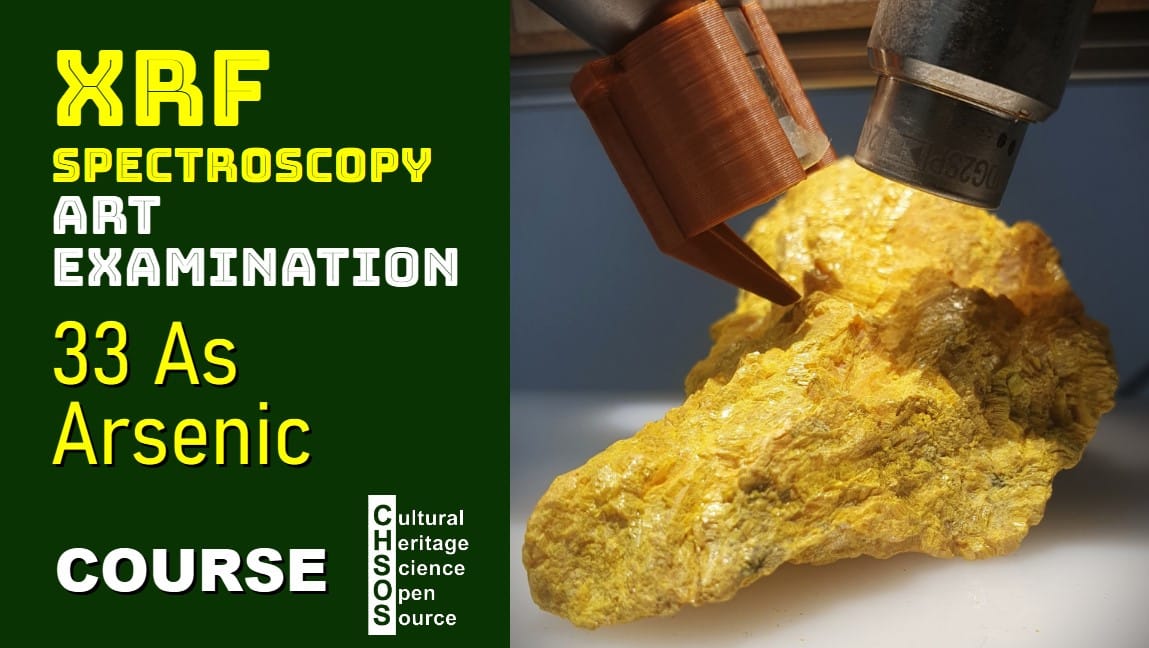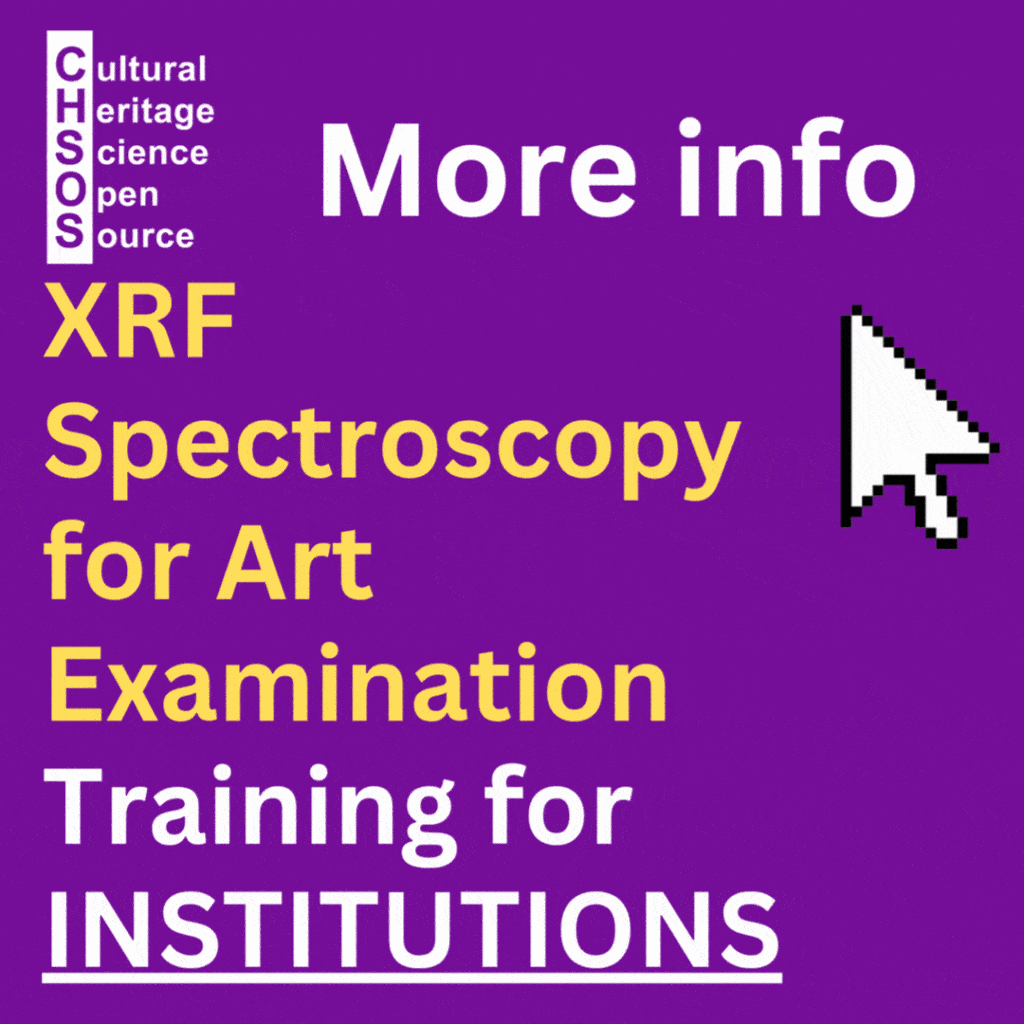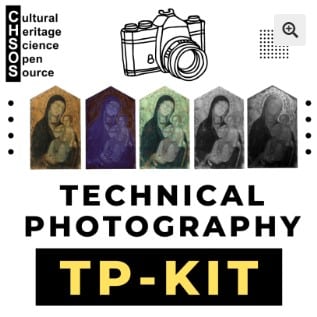
Arsenic-based pigments, orpiment (yellow) and realgar (orange-red), derived from naturally occurring arsenic sulfide, played a significant role in art history, they were widely used in particular for manuscripts. Starting from the 18th century synthetic arsenic-based pigments, such as Scheele’s Green and Emerald Green, were developed and used until the 19th century. While valued for their vibrant colors, these pigments were eventually discontinued due to their toxicity. This lesson focuses on identifying arsenic-based pigments using XRF spectroscopy.
Objectives
- Identify orpiment and realgar as arsenic-based pigments.
- Analyze the spectral signals of arsenic in pigments using XRF spectroscopy.
Materials
- Orpiment and realgar samples from Pigments Checker STANDARD.
- XRF spectroscopy with Routine filter setup
Lesson Plan
- Introduction to Arsenic-Based Pigments
- Discuss the historical use of orpiment and realgar.
- Hands-On Analysis of Orpiment and Realgar
- Examine orpiment (As₂S₃) and realgar (As₄S₄) samples.
- Compare spectral intensities of arsenic in orpiment and realgar.







